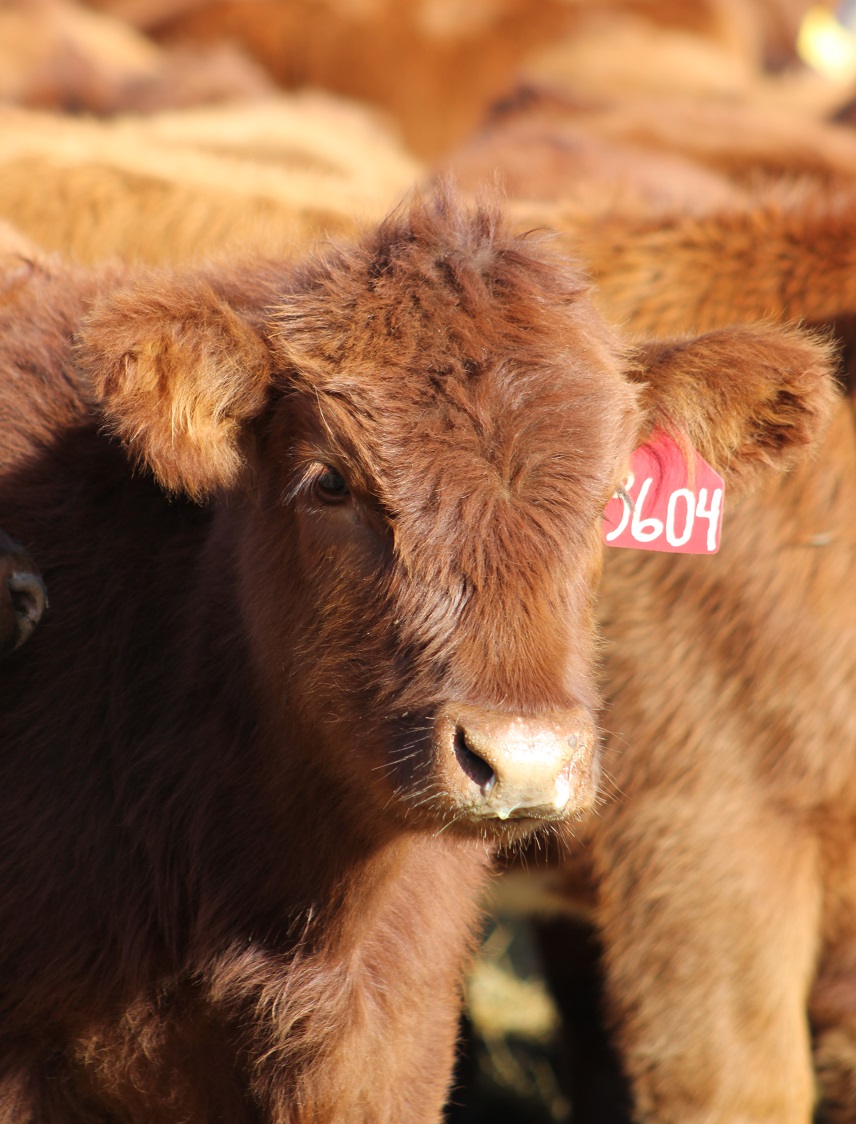
By Rob Eirich, NE Extension Educator and Director of Beef Quality Assurance
Nebraska cow-calf producers are approaching weaning time of their 2016 calf crop, with current market and industry trends, producers should consider the value of preconditioning calves prior to weaning this fall. Dr. Kate Brooks, University of Nebraska Agricultural Economics Department, and Rob Eirich, NE Extension Educator/Director of Beef Quality Assurance, have developed NebGuide G2248 “Economic Considerations for Preconditioning Calves for Feedlots” (http://go.unl.edu/oxgz) to assist producers in this decision making process.
Preconditioning is designed to mitigate stress that occurs during the transitional period between weaning and going on feed or moving into the next production cycle. The typical preconditioning program involves a health protocol of vaccinations administered 21-30 days prior to weaning. The basic concept of preconditioning programs is to boost the calf’s health status or immune system prior to exposure to stressors and pathogens as they enter that next production cycle. Preconditioning has also been shown to improve efficiency, as well as, reduce the risk and cost of treatment for health diagnosis after weaning.
The first step in developing a preconditioning program should be to consult with your veterinarian under a Veterinarian-Client-Patient Relationship (VCPR). Working with your veterinarian will ensure a program designed specifically for your operation goals, and addressing the potential pathogens or parasites the animals might encounter. The recommended preconditioning protocol from the University of Nebraska Great Plains Veterinary Education Center includes a four-way BRD viral (IBR, BVD, PI3, and BRSV), BRD bacterial (at least Mannheimia Hemolytica), and clostridial (Blackleg) vaccinations. It is also important to follow Beef Quality Assurance (BQA) guidelines by reading product labels to ensure proper handling, storage, and administration of these products.
Prior to implementing a preconditioning program, producers need to consider the economics associated with the preconditioning program. Potential gains include premiums that buyers are willing to pay for these calves, added weight gain, and the reduction of risk and cost of health treatments during weaning and the next production cycles. The cost of these programs must also be considered in the decision making process. The costs include the vaccination protocol, labor, and the interest paid on additional animal health costs. Depending on the marketing goal and trends, producers that can gain a premium that surpasses the cost of the preconditioning program should strongly consider that investment. Dr. Brooks has developed a worksheet that will assist producers in the economics of preconditioning program which can be found in the NebGuide G2248.
To listen to BeefWatch podcasts go to: https://itunes.apple.com/us/podcast/unl-beefwatch/id964198047 or paste http://feeds.feedburner.com/unlbeefwatch into your podcast app.